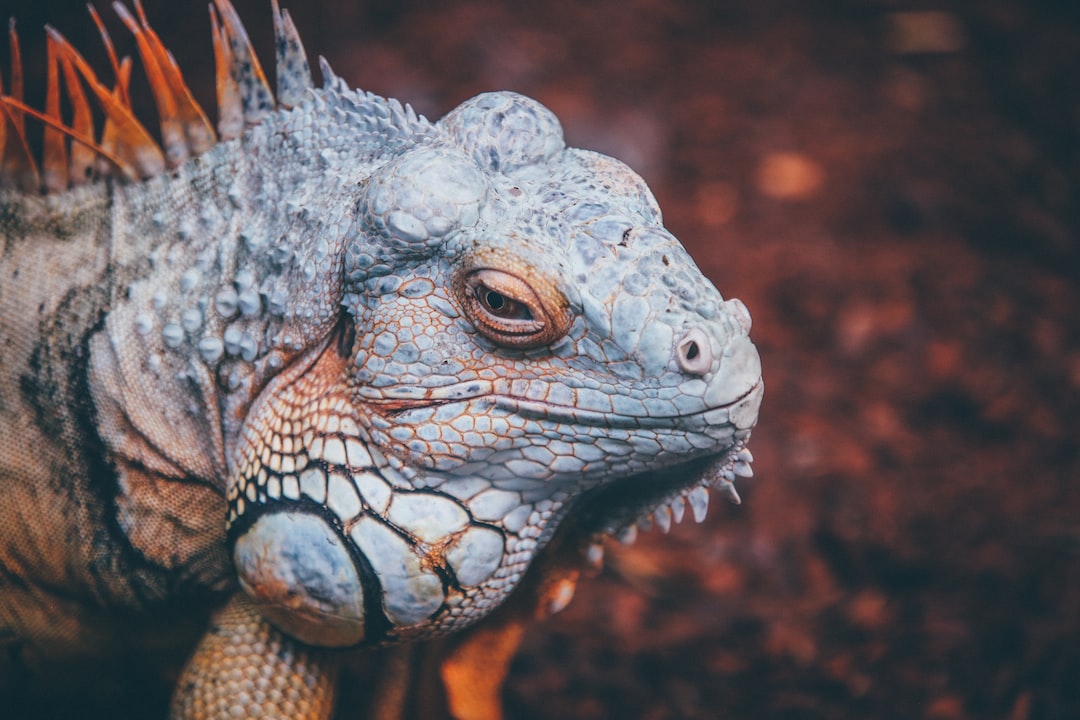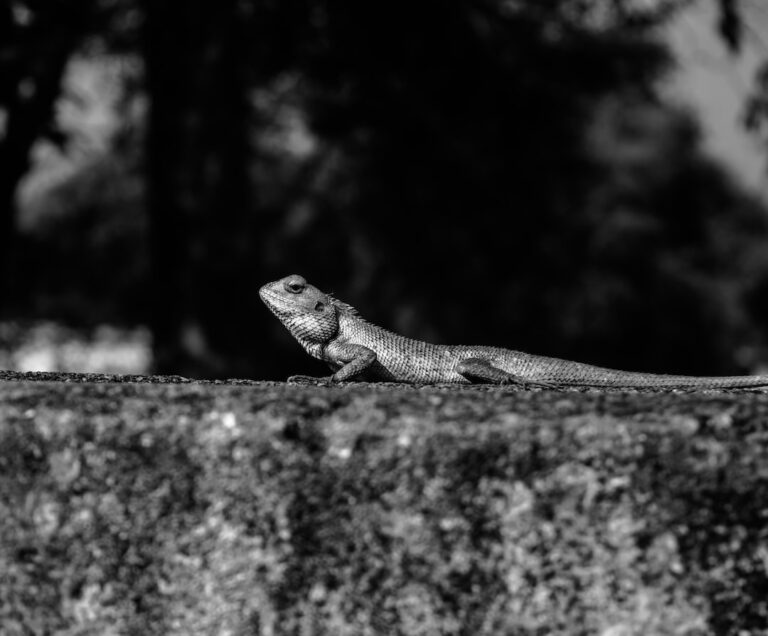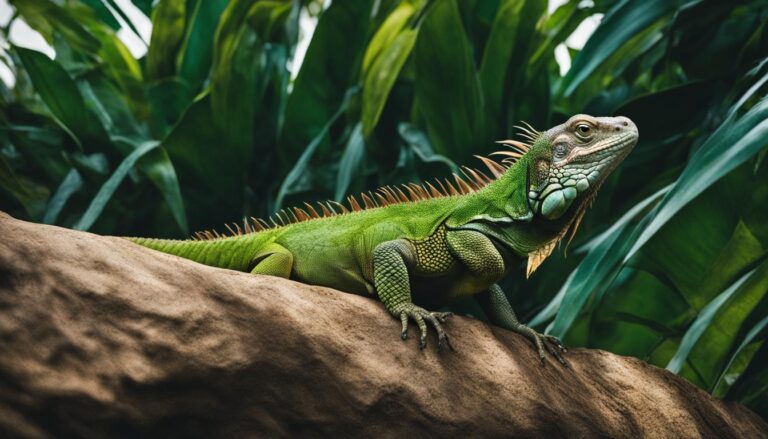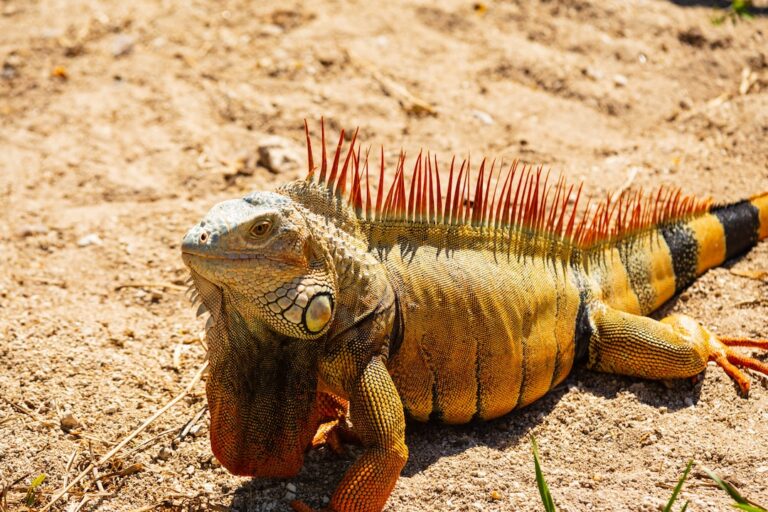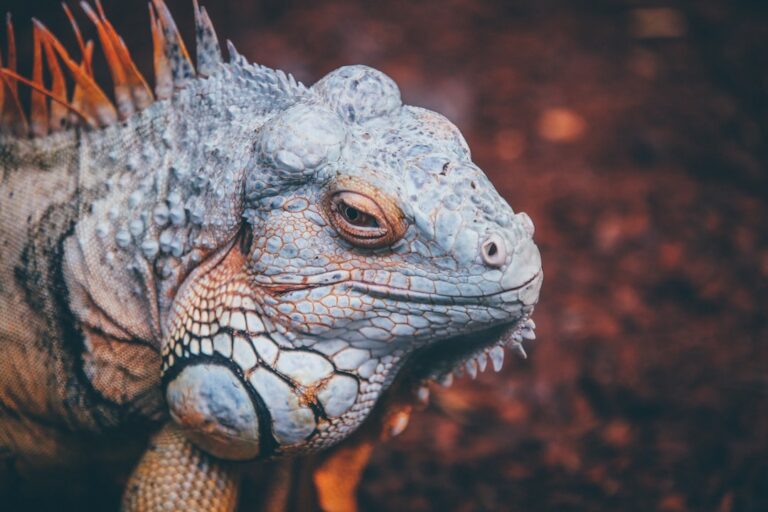Are Iguanas Expensive to Keep?
Owning an iguana can be a rewarding and fascinating experience. These unique reptiles make for interesting pets, but it’s important to understand the costs associated with owning an iguana before bringing one into your home. From the initial purchase to ongoing expenses for housing, feeding, veterinary care, and more, owning an iguana requires a financial commitment. By understanding these costs upfront, you can ensure that you are prepared to provide the best care for your new scaly friend.
Table of Contents
Initial Costs of Owning an Iguana
The initial costs of owning an iguana can add up quickly. First and foremost, there is the cost of purchasing the iguana itself. Depending on the species and where you purchase it from, the price can vary greatly. On average, you can expect to spend anywhere from $50 to $200 for a healthy baby or juvenile iguana.
In addition to the cost of the iguana, you will also need to invest in setting up a suitable habitat for your new pet. This includes purchasing an enclosure or tank, which can range in price from $100 to $500 or more, depending on the size and quality. You will also need to buy substrate for the enclosure, such as reptile carpet or coconut fiber, which can cost around $20 to $50.
Furthermore, you will need to purchase necessary supplies such as a water dish, food dish, climbing branches, and hiding spots. These items can add another $50 to $100 to your initial costs. It’s important not to skimp on these supplies as they are essential for creating a comfortable and stimulating environment for your iguana.
Housing and Enclosure Expenses
One of the most significant ongoing expenses for owning an iguana is housing and enclosure costs. Iguanas require spacious enclosures that mimic their natural habitat. There are various types of enclosures available, including glass tanks, custom-built wooden enclosures, and outdoor enclosures. The cost of these enclosures can range from a few hundred dollars to several thousand dollars, depending on the size and quality.
In addition to the enclosure itself, you will also need to consider the cost of substrate and decor. Substrate refers to the material that lines the bottom of the enclosure and helps maintain humidity levels. This can include reptile carpet, coconut fiber, or even newspaper. The cost of substrate can vary depending on the type and quantity needed.
Decor items such as climbing branches, rocks, and hiding spots are essential for providing enrichment and stimulation for your iguana. These items can range in price from a few dollars to over $100, depending on their size and quality. It’s important to provide a variety of decor items to keep your iguana mentally and physically stimulated.
Lastly, heating and lighting equipment is crucial for maintaining the proper temperature and lighting conditions in your iguana’s enclosure. This includes heat lamps, UVB bulbs, and thermostats. The cost of these items can vary depending on the brand and quality but can add up to several hundred dollars.
Feeding and Nutrition Costs
Feeding an iguana can be a significant ongoing expense. Iguanas are herbivores and require a diet rich in leafy greens, vegetables, and fruits. It’s important to provide a varied diet to ensure they receive all the necessary nutrients.
The cost of food for an iguana can vary depending on where you live and the availability of fresh produce. On average, you can expect to spend around $20 to $50 per month on food for your iguana. This includes purchasing a variety of greens such as collard greens, mustard greens, dandelion greens, and kale. Fruits such as strawberries, blueberries, and mangoes can also be included in their diet, but should be given in moderation due to their high sugar content.
In addition to the cost of food, you may also need to invest in supplements such as calcium and vitamin D3. These supplements help ensure that your iguana is getting all the necessary vitamins and minerals. The cost of supplements can vary depending on the brand and quantity needed.
Feeding an iguana also requires time and effort. They have specific dietary needs and require fresh food daily. This means you will need to make regular trips to the grocery store or farmer’s market to ensure you have a constant supply of fresh produce for your iguana.
Veterinary Expenses for Iguanas
Regular veterinary care is essential for keeping your iguana healthy. It’s important to find a veterinarian who specializes in reptiles and has experience with iguanas. Regular check-ups are recommended to monitor your iguana’s overall health and catch any potential issues early on.
The cost of veterinary care for iguanas can vary depending on the location and the specific services required. On average, you can expect to spend around $50 to $100 for a routine check-up. This may include a physical examination, fecal testing, and any necessary vaccinations.
In addition to routine check-ups, there may be additional veterinary costs for common health issues that can arise in iguanas. These can include respiratory infections, metabolic bone disease, and parasites. The cost of treating these conditions can vary greatly depending on the severity and the necessary treatments.
It’s also important to consider the cost of emergency veterinary care. Accidents or sudden illnesses can happen at any time, and it’s important to be prepared financially. Emergency veterinary care for an iguana can be expensive, ranging from a few hundred dollars to several thousand dollars, depending on the situation.
Heating and Lighting Expenses
Proper heating and lighting are crucial for the health and well-being of your iguana. Iguanas require specific temperature gradients and UVB lighting to thrive. This means you will need to invest in heating and lighting equipment to create the ideal environment for your pet.
Heating equipment such as heat lamps and ceramic heat emitters can range in price from $20 to $50 each. You may need multiple heat sources depending on the size of your iguana’s enclosure. It’s important to have a thermostat to regulate the temperature and prevent overheating.
UVB lighting is essential for iguanas as it helps them metabolize calcium and prevents metabolic bone disease. UVB bulbs can range in price from $20 to $50, depending on the brand and quality. These bulbs need to be replaced every six months to ensure they are providing adequate UVB radiation.
In addition to the initial cost of the equipment, it’s important to consider the ongoing electricity costs associated with heating and lighting your iguana’s enclosure. These costs can vary depending on your location and the energy efficiency of the equipment.
Cleaning and Maintenance Costs
Keeping your iguana’s enclosure clean is essential for their health and well-being. This means investing in cleaning supplies such as reptile-safe disinfectants, paper towels, and brushes. The cost of these supplies can vary depending on the brand and quantity needed.
The frequency of cleaning will depend on the size of your iguana’s enclosure and how messy they are. On average, you can expect to spend around $10 to $20 per month on cleaning supplies for your iguana.
It’s also important to consider the cost of replacing worn-out or damaged decor items in your iguana’s enclosure. Over time, climbing branches may need to be replaced, or hiding spots may become worn out. These costs can add up over time but are necessary for maintaining a safe and stimulating environment for your iguana.
Iguana Accessories and Enrichment Expenses
Providing accessories and enrichment items for your iguana is essential for their health and happiness. This includes items such as basking platforms, hammocks, and puzzle feeders. These items help provide mental stimulation and encourage natural behaviors.
The cost of these accessories can vary depending on the brand and quality. On average, you can expect to spend around $50 to $100 on accessories for your iguana. It’s important to choose items that are safe and appropriate for your iguana’s size and species.
Enrichment items such as puzzle feeders or foraging toys can also add to the overall cost of owning an iguana. These items help keep your iguana mentally stimulated and prevent boredom. The cost of these items can vary depending on the complexity and quality.
Potential Unexpected Expenses
Owning an iguana comes with the potential for unexpected expenses. Common unexpected expenses for iguana owners can include veterinary emergencies, enclosure repairs, or the need for specialized equipment or treatments.
It’s important to have an emergency fund set aside specifically for your iguana. This fund should be separate from your regular savings and should be easily accessible in case of an emergency. Having an emergency fund can provide peace of mind knowing that you are financially prepared for any unexpected expenses that may arise.
Comparing Iguana Costs to Other Reptiles
When considering owning a reptile pet, it’s important to compare the costs associated with different species. While iguanas can be expensive to care for, they are not the most expensive reptile pets available.
For example, some species of snakes or lizards may require specialized diets or live prey, which can be more costly than a herbivorous diet for an iguana. Additionally, some reptiles may have specific temperature or humidity requirements that require more expensive equipment to maintain.
It’s important to consider all factors when choosing a reptile pet, including the initial costs, ongoing expenses, and the specific care requirements of each species. Researching and understanding the costs associated with different reptiles can help you make an informed decision that fits your budget and lifestyle.
Budgeting for Iguana Ownership
Budgeting for iguana ownership is crucial to ensure that you can provide the necessary care for your pet. Here are some tips for budgeting for iguana ownership:
1. Research and understand the costs: Take the time to research and understand all the costs associated with owning an iguana. This includes the initial costs, ongoing expenses, and potential unexpected expenses.
2. Create a monthly budget: Determine how much you can comfortably afford to spend on your iguana each month. This should include food, supplies, veterinary care, and any other ongoing expenses.
3. Set aside an emergency fund: As mentioned earlier, it’s important to have an emergency fund specifically for your iguana. Set aside a certain amount of money each month to build up this fund.
4. Prioritize necessary expenses: Make sure to prioritize necessary expenses such as food, veterinary care, and heating and lighting equipment. These are essential for your iguana’s health and well-being.
5. Look for deals and discounts: Take advantage of sales, discounts, or bulk buying options when purchasing supplies or food for your iguana. This can help save money in the long run.
6. Consider DIY options: Some items such as decor or enrichment items can be made at home using inexpensive materials. Look for DIY tutorials or ideas online to save money on these items.
Owning an iguana can be a rewarding experience, but it’s important to be prepared for the financial responsibilities that come with it. From the initial costs of purchasing an iguana and setting up a suitable habitat to ongoing expenses for food, veterinary care, heating, and lighting, owning an iguana requires a financial commitment.
By understanding and budgeting for these costs upfront, you can ensure that you are providing the best care for your iguana. It’s important to consider all the costs associated with owning an iguana before committing to this unique and fascinating pet. With proper planning and budgeting, you can provide a happy and healthy life for your scaly friend.
If you’re interested in learning more about reptiles, you might also enjoy reading the article “Why Do Turtles Die?” on Reptile Friend’s website. This informative piece explores the various reasons why turtles may pass away and provides valuable insights into their care and well-being. Understanding the factors that can contribute to a turtle’s health can help ensure that you provide the best possible environment for your pet. Check out the article here.

